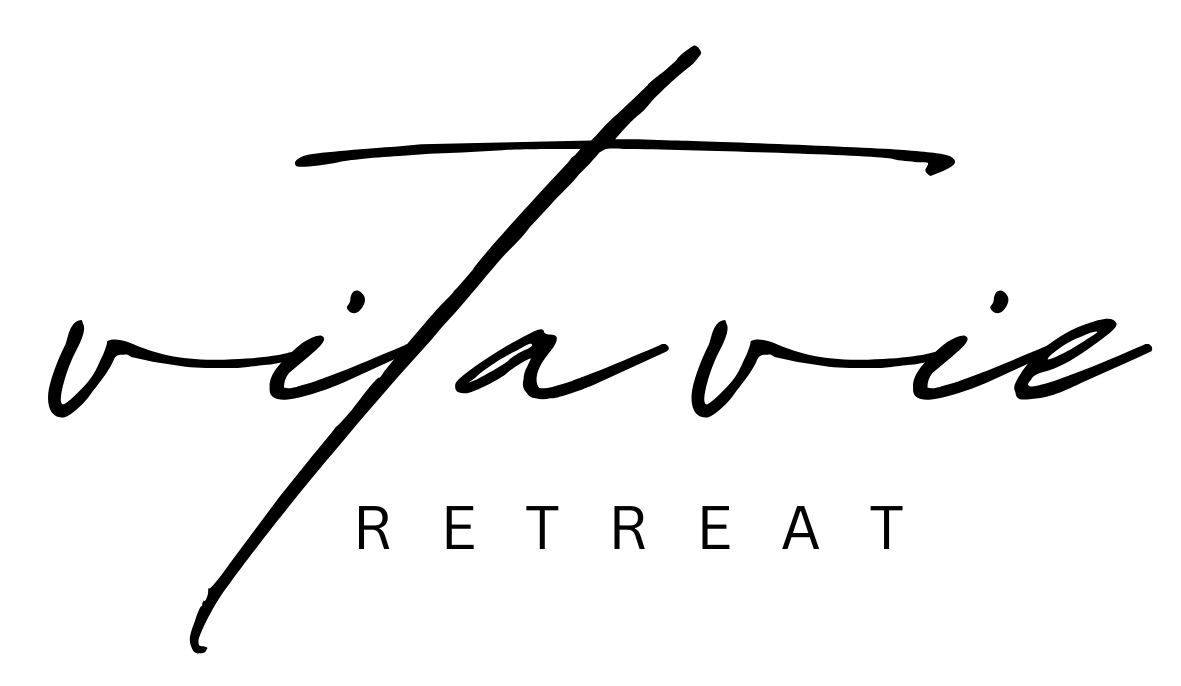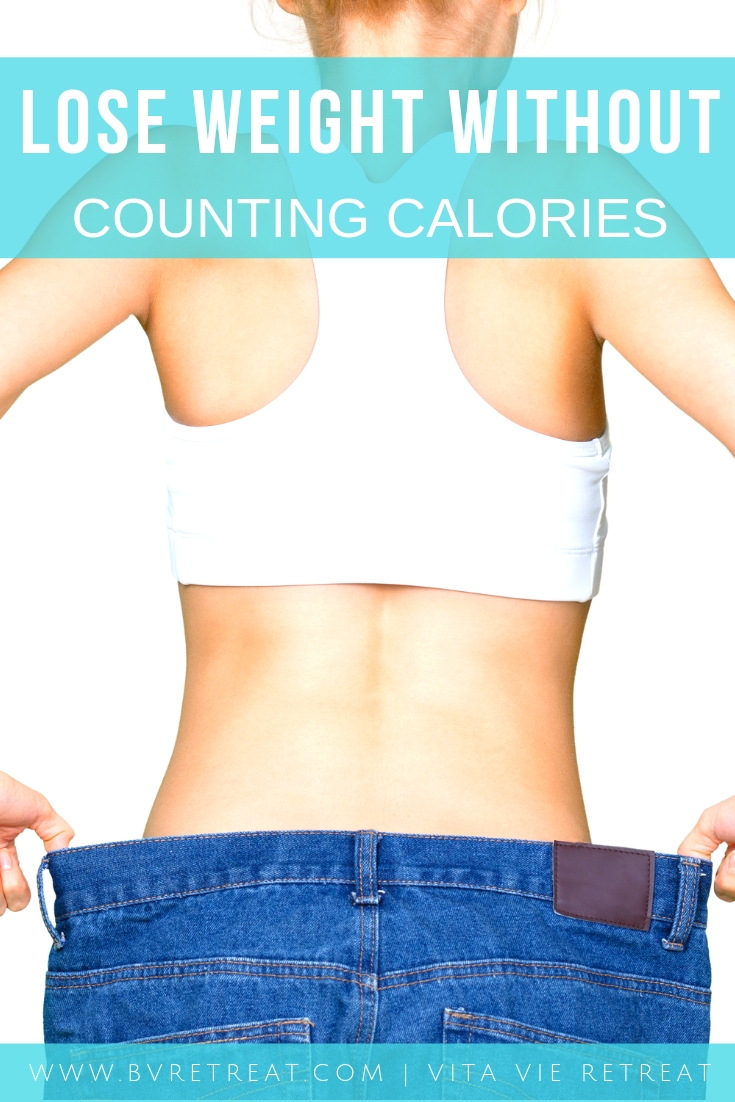Counting Calories: Not All Calories Are Created Equal
/COUNTING CALORIES FOR WEIGHT LOSS MAY BE MISLEADING
If you’re trying to lose weight, counting calories is a good place to start but it’s not the end all be all to weight loss. You need to burn more calories than you take in to shed unwanted pounds. If you’re trying to eat for optimal health, you’ll need to pick the best quality fresh, whole foods possible. Pretty simple concept to grasp, right? Unfortunately, not all calories are created equal and not all calories are good for you. Adhere to these simple tips to incorporate the best calorie strategy for you and avoid those that won’t help you in weight loss or nutritional quality.
In this blog post, we dive into why calorie counting can be misleading, alternatives to calorie counting and learning which information is truly important for your weight loss goals.
5 REASONS WHY CALORIE COUNTING IS MISLEADING
1. Calories from junk food are not the same as calories from whole, fresh foods.
Calories from junk food items aren’t nutrient dense and won’t fuel your body. They won’t provide you with vitamins, minerals, phytonutrients and antioxidants. They’re quite the opposite, unfortunately.
Twinkies and burgers may taste yummy but they won’t do a thing for your weight loss efforts. You might fit these junky treats into your daily calorie count but the amount of refined sugars, saturated fat and trans fats won’t do your body good. In fact, these evil ingredients can over stimulate your insulin levels causing you to store all of those calories you’re taking in instead of burning them right off of your body. In addition, trans fats can lead to diabetes, heart disease and hardening and clogging of the arteries.
Stay away from the junk food diet and head over to your local health food store.
2. Whole, fresh foods give you more than just calories.
Not only does sticking to whole, fresh foods mean that you are getting good quality foods that have nutrients that your body needs, but they’re easier to digest.
Digesting and absorbing natural foods is much easier for your body rather than absorbing refined, highly processed foods. Plus, you’ll skip all of the artificial sweeteners, colors, additives and so much more by eating whole foods.
3. Food labels can be misleading.
Food labels can have up to a 20% margin for error in terms of reporting calories! This means, you could have a food with a total calorie count of 400 calories and the real calorie count could actually be up to 480 calories.
If you’re counting calories, you’ll need to keep this in mind. Your daily totals could be skewed considerably. Double check calorie counts with a calorie directory book or an online calorie counter. The more information you have the better when it comes to being accurate.
4. Absorption is unknown.
It’s hard to tell how much you actually absorb of the food you eat. There would be no way to accurately decipher how many calories or nutrients you actually extracted from your food and absorbed. This in combination with the inaccuracy in calorie reporting means it’s even harder to tell how your body is affected by calories. Just another reason why calorie counting isn’t accurate.
5. Eating out is a mystery.
Eating out is pretty convenient and it has become common place for many people in this busy world. If you’re trying to lose weight or keeping track of something such as sodium to track blood pressure, eating out isn’t a great option.
Unfortunately, we never truly know what goes into our food when it’s being prepared by someone else. Hidden ingredients such as butter and oil can really rack up calories in a hurry. In addition, we don’t always know the quality of the food that restaurants order. If you’re looking to get the most out of your food nutritionally and keep track of calories, you’re best bet is to cook for yourself.
ALTERNATIVE TO CALORIE COUNTING
Instead of calorie counting, use the “eyeball method” and chew your food slowly. Here are a few tips:
Chew Your Food Completely – When we inhale our food, we don’t chew it completely. Chewing until your food is basically liquid ensures the digestive process has fully started and tells your body what to do with that bite you just took in. This also leads to better satiety levels.
Use the “eyeball method” to judge how much food you take in per meal each day. While this is an average, you can also use step 3 to refine how much you’re eating.
Men
2 Palms of Protein
2 Cupped Hands of Carbs (starchy carbs)
2 Fists of Veggies
2 Thumbs of Fat
Women
1 Palm of Protein
1 Cupped Hand of Carbs
1 Fist of Veggies
1 Thumb of Fat
How You Feel – An easy way to tell whether you’ve eaten enough or too much is how you feel after you’ve eaten.
If you’re still full 3 – 4 hours after you’ve eaten, you probably ate too much. You might need to dial in the amount of food you’re eating.
If you’re hungry (actually hungry – not just feelings of digestion) 1 – 2 hours after you’ve eaten, then you probably didn’t eat enough. You might need to check your portions.
TRACK INFORMATION – NOT CALORIES
The best thing you can do for your goals is to track information – not calories. Here are a few things to record that will tell you if what you’re doing is working or not. Grab a journal or download an app on your phone to track these things.
What You Ate + Drank – Track food (you don’t have to get obsessed with it) and what you drank (soda, water, alcohol – all of it). Did any food give you an upset stomach or not sit well? Jot it down.
Measurements – Don’t just rely on the scale. It doesn’t tell you anything other than what you weigh. Take measurements with a reliable measuring tape (like a MyoTape) and measure areas like shoulders, chest, waist, hips, and thighs.
Use An Article of Clothing – Track a pair of pants, a suit or a dress. Use an item that’s tailored or has a zipper to see if you’re getting smaller.
Energy – Track your energy levels each day. Eating healthier will give you more nutrients which leads to more energy. How you feel is about health … not just weight loss.
Mood – Are you tired, lethargic, irritable, happy, have so much energy you don’t know what to do with yourself? Whatever you’re feeling … track it. What you eat and how you moved have a big impact on mood.
Every day or two days, take a look back at your journal. Look at how you felt and everything affected you from what you ate, what you drank to how your mood and energy levels were. Is there a pattern? Look to what made you feel really good (happy, good energy, strong, etc) and keep repeating that. FYI…Usually what you did in the day or days leading up to a good day is what’s responsible for that good day.
That’s it for this post! Hope you all enjoyed it. If you have questions or comments, please post them in the comment section below.
If you need one on one guidance, please check out our Health & Wellness Coaching. We love to help people develop their healthy habits and reach their goals! - Margot + The Vita Vie Retreat Team
WANT RETREAT UPDATES + WELLNESS TIPS
Sign Up For Our E Newsletter




















